Home>Interior Design>How To Make Beeswax Candles: The Easiest To Tackle For Beginners
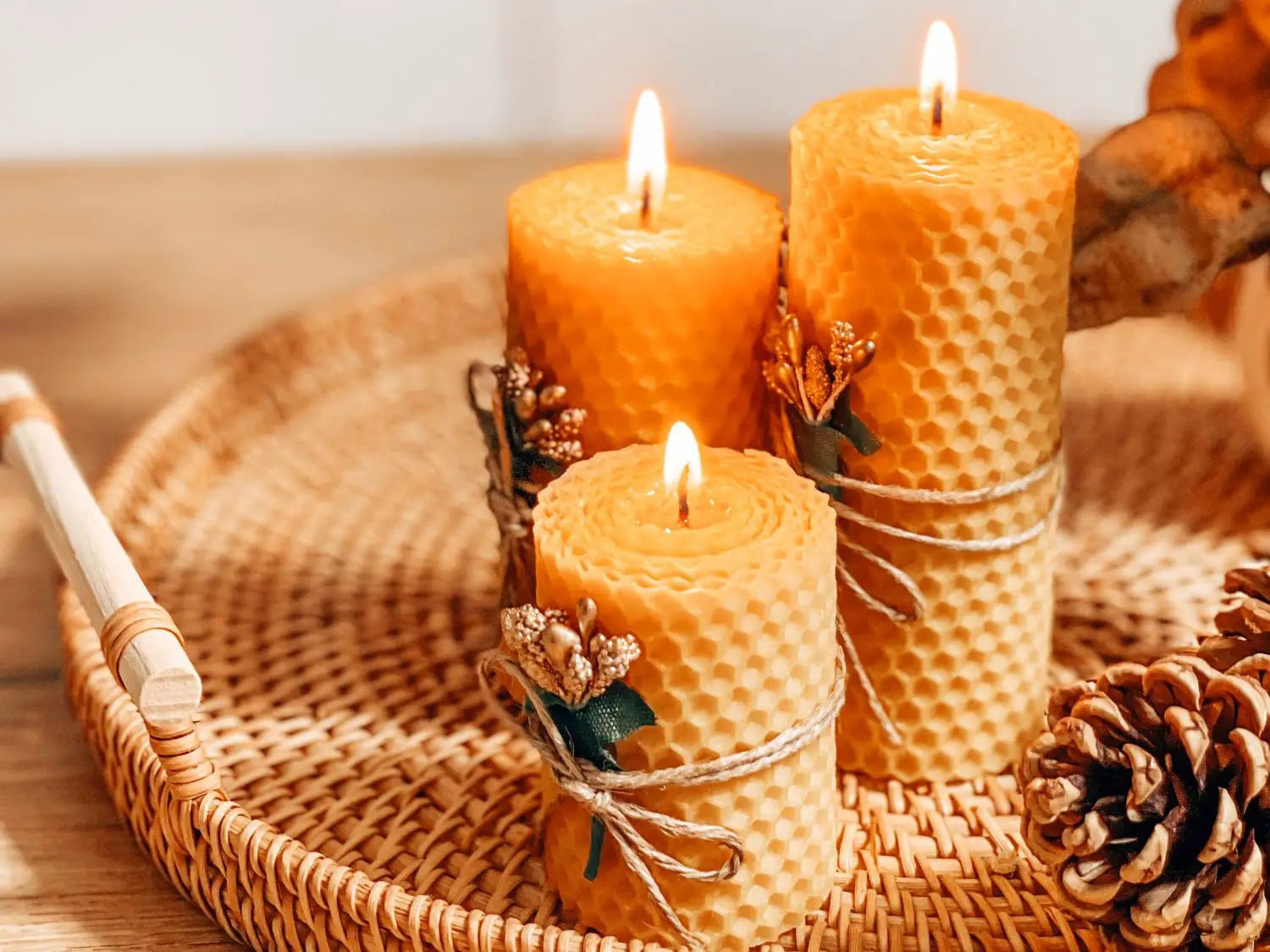

Interior Design
How To Make Beeswax Candles: The Easiest To Tackle For Beginners
Modified: January 9, 2024
Learn how to make beeswax candles with this beginner-friendly guide. Create beautiful and eco-friendly candles for your home interior design projects.
(Many of the links in this article redirect to a specific reviewed product. Your purchase of these products through affiliate links helps to generate commission for Storables.com, at no extra cost. Learn more)
Introduction
Beeswax candles are not only a beautiful addition to your home decor, but they also offer numerous benefits such as a clean-burning flame and a delightful natural fragrance. Making your own beeswax candles can be a rewarding and enjoyable experience, especially for beginners seeking a simple and satisfying DIY project.
In this guide, we will walk you through the step-by-step process of making beeswax candles from scratch. With a few basic materials and some easy-to-follow instructions, you can create your own high-quality candles that will fill your space with warmth and ambience.
Before we dive into the process, let’s take a moment to understand why beeswax is a popular choice for candle-making. Beeswax is a natural wax produced by honeybees, renowned for its clean-burning properties. Unlike paraffin candles, which are derived from petroleum, beeswax candles do not release harmful toxins or soot into the air when burned. This makes them an eco-friendly and healthier option for both you and the environment.
Additionally, beeswax candles have a naturally sweet and subtle aroma, which can enhance the atmosphere of any room. They also have a longer burn time compared to other types of candles, making them a cost-effective choice in the long run.
So, if you are ready to embark on a candle-making adventure, let’s gather the materials needed for this project.
Key Takeaways:
- Dive into the world of beeswax candle-making with this beginner-friendly guide. Enjoy the benefits of clean-burning, eco-friendly candles while exploring your creativity with fragrance and color options.
- Transform beeswax into beautiful, long-lasting candles that bring warmth and ambiance to your space. Embrace the art of candle-making and enjoy the soothing, natural fragrance of beeswax in your home.
Read more: How To Make Beeswax Scented Candles
Materials Needed
Before you begin making beeswax candles, it’s important to gather all the necessary materials. Here’s a list of what you’ll need:
- Beeswax: Look for high-quality, pure beeswax from a trusted source. You can find beeswax in various forms, such as blocks or pastilles.
- Wicks: Choose cotton wicks specifically made for beeswax candles. Make sure they are the appropriate size for the width of your candles.
- Container or Molds: Decide whether you want to make container candles or molded candles. For container candles, you can use heat-resistant glass jars or tins. If you prefer molded candles, you’ll need silicone molds in the shape of your choice.
- Double Boiler or Wax Melting Pot: A double boiler allows you to melt the beeswax gently and evenly. If you don’t have a double boiler, you can use a heat-proof container placed in a pot of simmering water.
- Thermometer: An accurate thermometer is essential to monitor the temperature of the beeswax. Look for a thermometer that can withstand high temperatures.
- Optional Additives: If desired, you can add fragrance or color to your candles. Choose natural essential oils for fragrance and natural dyes for color. Be sure to opt for oils and dyes specifically designed for candle-making.
- Wick Holders or Pencils: These will help keep the wicks centered in the containers or molds while the wax is cooling.
- Heat-resistant Gloves: Protect your hands from hot wax by using heat-resistant gloves.
- Old Newspapers or Wax Paper: Lay down some protective material, such as newspapers or wax paper, to catch any spills or drips.
- Scissors: You’ll need scissors to trim the wicks to the desired length.
Now that you have all the necessary materials, let’s move on to the step-by-step process of making beeswax candles.
Step 1: Preparing the Beeswax
The first step in making beeswax candles is preparing the beeswax itself. Follow these instructions to ensure your beeswax is ready for candle-making:
- Measure the amount of beeswax you’ll need based on the size and number of candles you plan to make. It’s always better to have a little extra wax than to run out.
- If you have large blocks of beeswax, use a sharp knife or wax cutter to chop them into smaller, more manageable pieces. This will help the wax melt more evenly and quickly.
- If your beeswax is in pastille form, you can skip the chopping step.
- Ensure that your workspace is clean and free from any debris or moisture that could contaminate the wax.
- Place the beeswax in your double boiler or wax melting pot. If using a double boiler, fill the bottom pot with water and place the wax in the top pot. If using a wax melting pot, follow the manufacturer’s instructions for melting the wax.
- Heat the beeswax slowly over low to medium heat, stirring occasionally with a heat-resistant utensil. Beeswax has a relatively low melting point around 145 to 149 degrees Fahrenheit (63 to 65 degrees Celsius), so it doesn’t require high temperatures.
- Monitor the temperature of the wax using a thermometer. It’s important not to exceed the recommended melting temperature, as higher heat can cause the wax to discolor or lose its beneficial properties.
- Once the beeswax has completely melted, remove it from the heat source.
Congratulations! You have successfully prepared the beeswax for your candles. In the next step, we will discuss how to prepare the wicks.
Step 2: Preparing the Wicks
Now that your beeswax is ready, it’s time to prepare the wicks for your candles. Follow these steps to ensure your wicks are properly prepared:
- Measure and cut the wick for each candle, leaving a few inches of extra length to account for trimming later. The length will depend on the height of your container or mold.
- If using wick holders, insert the metal base of the wick into the holder. This will help keep the wick centered in the container or mold when pouring the wax.
- If you don’t have wick holders, you can use a pencil or a wooden skewer. Wrap the excess length of the wick around the pencil or skewer to keep it suspended and centered in the container or mold.
- Hold the top end of the wick and dip the metal base or pencil into the melted beeswax. This will coat the base and help anchor the wick securely in place.
- Place the prepared wicks aside and allow them to cool and harden for a few minutes.
- During this time, you can also prepare your containers or molds by ensuring they are clean and dry. If using containers, make sure they are heat-resistant and suitable for candle-making.
Great job! Your wicks are now ready to be placed in the containers or molds. In the next step, we will discuss how to melt the beeswax and prepare it for pouring.
Step 3: Melting the Beeswax
With the wicks prepared, it’s time to melt the beeswax for your candles. Follow these steps to ensure the beeswax is melted properly:
- Place the double boiler or wax melting pot back on the heat source.
- Gently heat the wax over low to medium heat, stirring occasionally to promote even melting. Avoid overheating the wax, as this can affect its quality and color.
- Continue to monitor the temperature with a thermometer, making sure it stays within the recommended range.
- If your beeswax contains impurities such as pollen or debris, you can skim them off the surface as the wax melts. This will help ensure a cleaner final product.
- Once the beeswax is completely melted and any impurities have been removed, remove the pot from the heat source.
It’s important to note that beeswax can be flammable, so exercise caution when melting it. Never leave the melting wax unattended and keep a fire extinguisher nearby as a precaution.
Now that your beeswax is melted and ready, you can move on to the next step of adding fragrance or color to your candles, if desired.
When making beeswax candles, ensure that the wick is centered and straight to prevent uneven burning. Use a wick holder to keep it in place while pouring the wax.
Read more: How To Make Rolled Beeswax Candles
Step 4: Adding Fragrance or Color (Optional)
If you want to infuse your beeswax candles with a delightful fragrance or add a pop of color, this step is for you. Follow these instructions to add fragrance or color to your candles:
- Adding Fragrance: Choose a high-quality essential oil of your choice. Make sure it is safe for candle-making and suitable for use with beeswax.
- Once your beeswax is melted, allow it to cool slightly. The ideal temperature for adding fragrance oils is around 160 to 175 degrees Fahrenheit (71 to 79 degrees Celsius).
- Add a few drops of the essential oil to the melted beeswax, starting with a small amount and gradually increasing as desired. Stir gently but thoroughly to distribute the fragrance evenly.
- Keep in mind that some essential oils are stronger than others, so adjust the amount based on personal preference and the desired strength of the scent.
- Adding Color: If you want to add color to your candles, choose natural, non-toxic candle dyes specifically formulated for use with beeswax. Avoid using crayons or other non-candle dyes, as they may affect the burning performance of the candles.
- Once your beeswax is melted, allow it to cool slightly. The ideal temperature for adding candle dye is around 160 to 175 degrees Fahrenheit (71 to 79 degrees Celsius).
- Add a small amount of the candle dye to the melted beeswax and stir well to incorporate the color. Add more dye as needed until you achieve the desired shade.
- Remember that a little goes a long way with candle dye, so start with a small amount and gradually increase if necessary.
Adding fragrance or color is entirely optional, and you can choose to leave your candles unscented and uncolored for a more natural look and feel.
Now that you’ve added fragrance or color (if desired), it’s time to move on to the exciting part: pouring the beeswax into the containers or molds!
Step 5: Pouring the Beeswax
With your beeswax melted and any fragrance or color added, it’s time to pour the wax into your chosen containers or molds. Follow these steps to ensure a successful pour:
- Make sure your containers or molds are clean and dry.
- If using containers, place them on a heat-resistant surface and group them closely together to prevent unnecessary movement during pouring.
- If using molds, place them on a flat surface and line them up for easy pouring.
- Hold the prepared wick in place using a wick holder or by wrapping it around a pencil or wooden skewer.
- Carefully pour the melted beeswax into the containers or molds, ensuring that the wick remains centered.
- Leave a small amount of space at the top to accommodate any shrinkage that may occur as the candles cool.
- Fill all the containers or molds in one continuous pour, if possible, to maintain consistent candle sizes.
- Allow the candles to cool undisturbed for several hours or overnight, depending on the size of the candles.
Remember to exercise caution when handling the hot wax. Use heat-resistant gloves and pour slowly and carefully to avoid spills or splashes.
Once the beeswax has solidified and the candles have cooled completely, you can move on to the final step of finishing and decorating your candles.
Step 6: Cooling and Finishing the Candles
After pouring the beeswax into your containers or molds, it’s time to let the candles cool and complete the final touches. Follow these steps to ensure your candles are properly finished:
- Allow the candles to cool undisturbed for several hours or overnight. Beeswax candles take longer to cool and solidify compared to other types of candles.
- As the candles cool, you may notice a slight depression or sinkhole forming around the wick. This is normal and can happen as the wax contracts while cooling.
- If desired, you can top off the sinkhole by gently melting a small amount of beeswax and carefully pouring it into the depression. This will create a smooth surface on top of the candle.
- Once the candles have fully cooled and solidified, use scissors to trim the wick to your desired length. Leave about ¼ to ½ inch of wick above the surface of the wax for easy lighting.
- If you used containers, you can further enhance the appearance of your candles by adding decorative elements. Consider tying a ribbon or twine around the container or attaching a personalized label.
- For molded candles, carefully remove them from the molds by gently stretching the sides or tapping the mold against a surface. Be cautious not to damage the shape or surface of the candle.
Congratulations! You have successfully created your own beeswax candles. Light them up and enjoy the warm and cozy ambiance they bring to your space.
Remember to always follow proper candle safety guidelines. Never leave burning candles unattended and keep them away from flammable materials or drafts.
Now that you’ve learned how to make beeswax candles, you can continue exploring different fragrance combinations, experimenting with colors, and even trying out different container shapes and sizes.
Get creative, have fun, and enjoy the wonderful world of beeswax candle-making!
With the completion of Step 6, we have reached the end of our guide. We hope you found this tutorial helpful and that you’re now equipped with the knowledge and confidence to embark on your candle-making journey.
Happy crafting!
Conclusion
Congratulations on completing your journey into the world of beeswax candle-making! By following the steps outlined in this guide, you have learned how to transform beeswax into beautiful, clean-burning candles that add warmth and ambience to your home.
Creating your own beeswax candles offers numerous benefits. Not only do they burn longer and cleaner than traditional paraffin candles, but they also provide a natural and soothing fragrance that enhances any room.
Remember, beeswax candles are not only a sustainable choice but also a healthier option for you and the environment. By avoiding the harmful toxins and soot emitted by paraffin candles, you can create a safer and cleaner home atmosphere.
Now that you have the basic knowledge and skills, feel free to experiment with different fragrance combinations, colors, and container or mold shapes. Let your creativity soar and personalize your candles to reflect your unique style.
But always remember to prioritize safety when working with candles. Keep an eye on burning candles, trim their wicks regularly, and follow safety guidelines to prevent accidents.
We hope you enjoyed learning how to make beeswax candles and that you find joy in continuing your candle-making journey. Whether you make them for personal use, as gifts for loved ones, or even as part of a small business venture, your handmade beeswax candles will surely bring light and warmth to any space.
Thank you for joining us on this candle-making adventure. Happy crafting, and may your home be filled with the cozy glow of beeswax candles!
Frequently Asked Questions about How To Make Beeswax Candles: The Easiest To Tackle For Beginners
Was this page helpful?
At Storables.com, we guarantee accurate and reliable information. Our content, validated by Expert Board Contributors, is crafted following stringent Editorial Policies. We're committed to providing you with well-researched, expert-backed insights for all your informational needs.
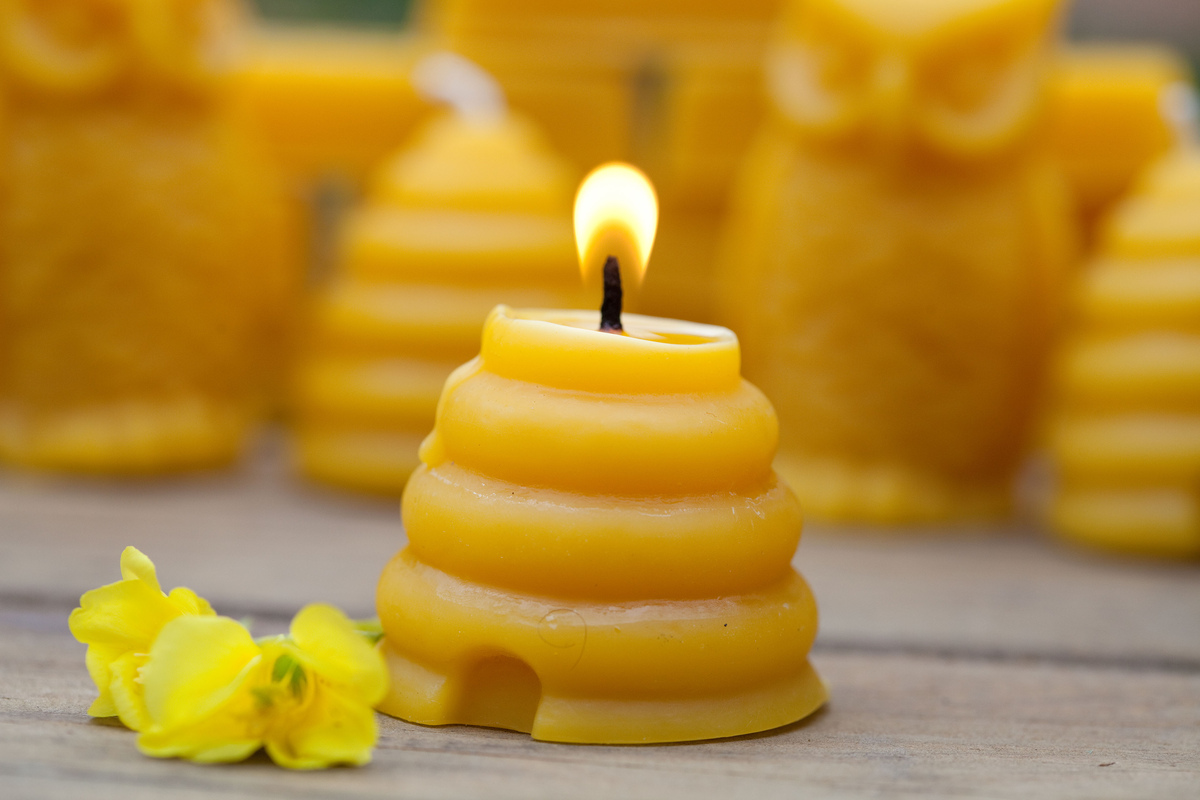
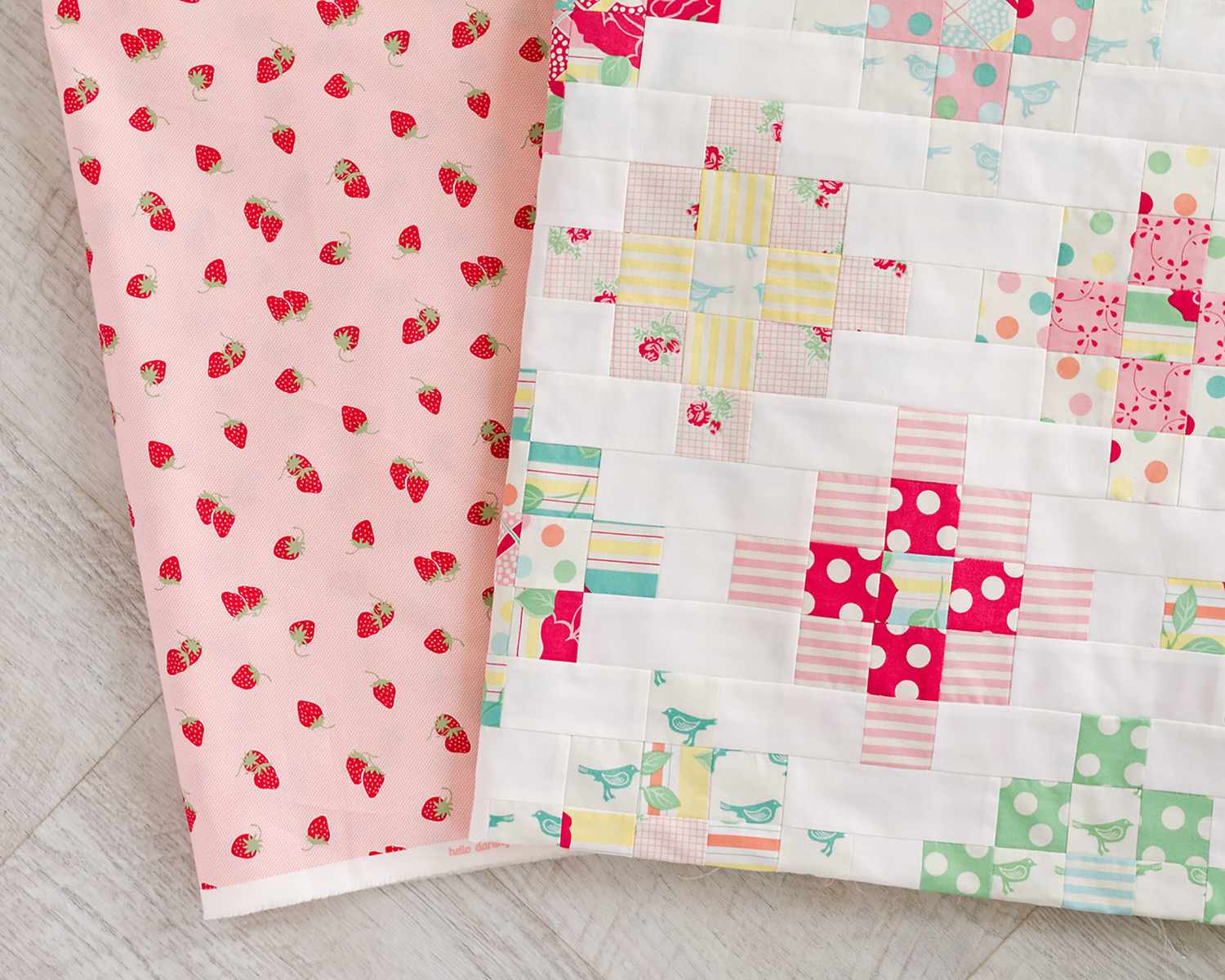
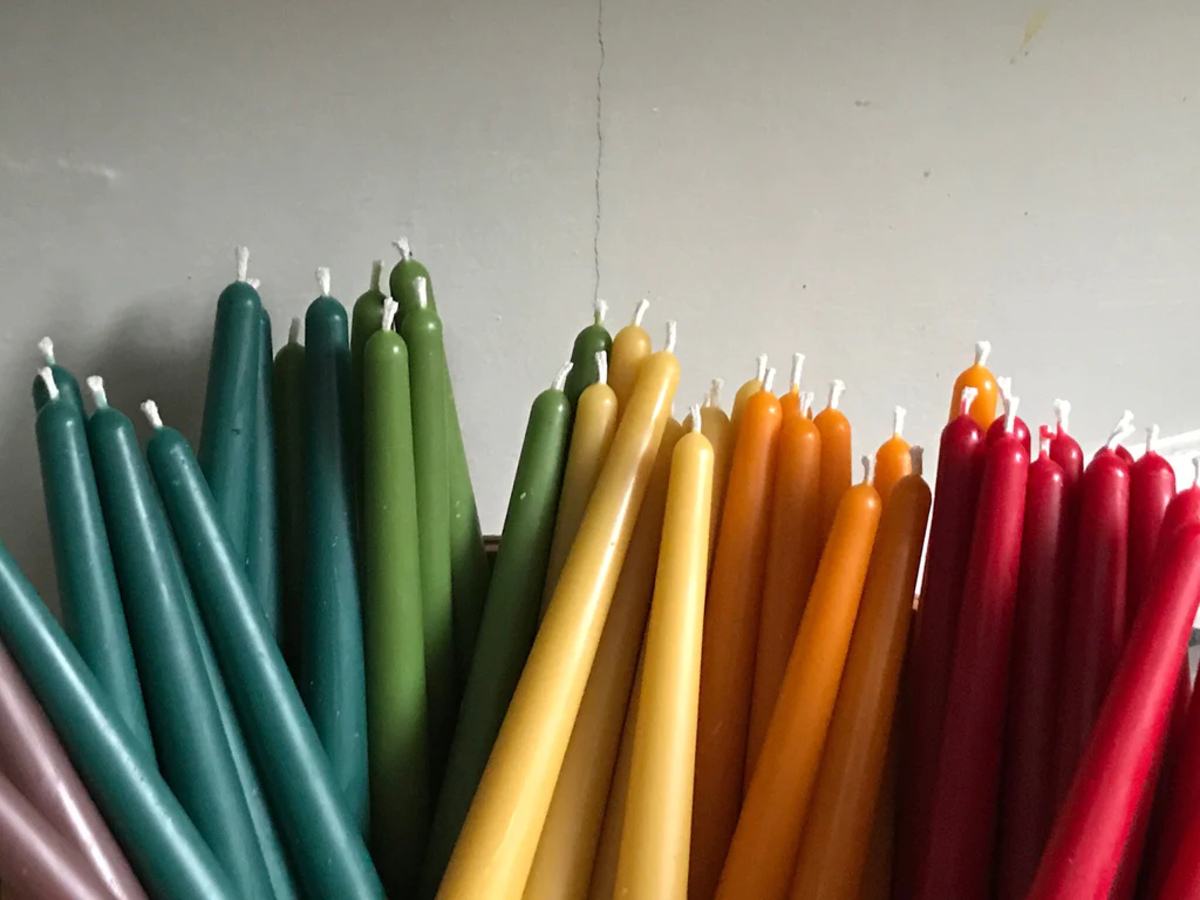
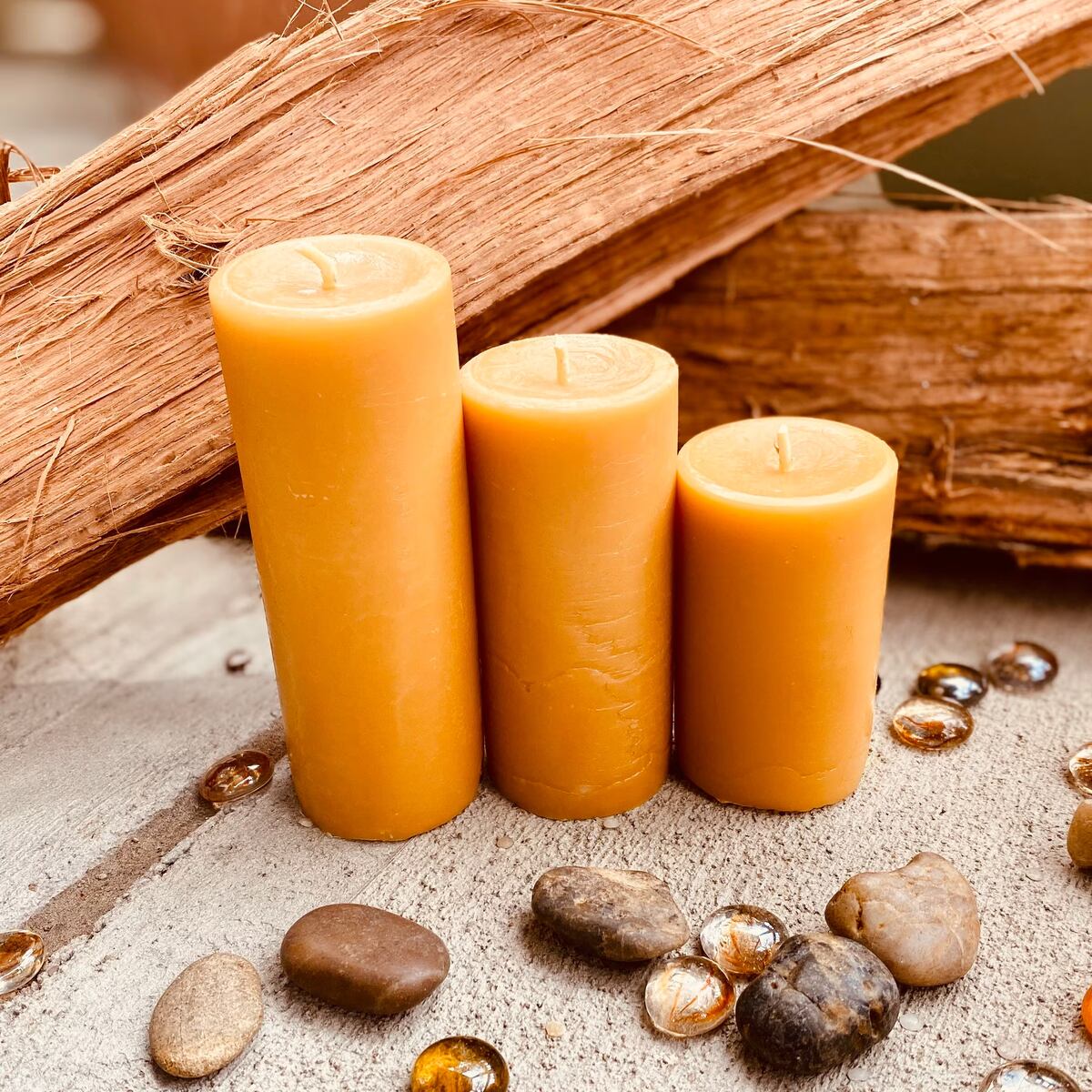
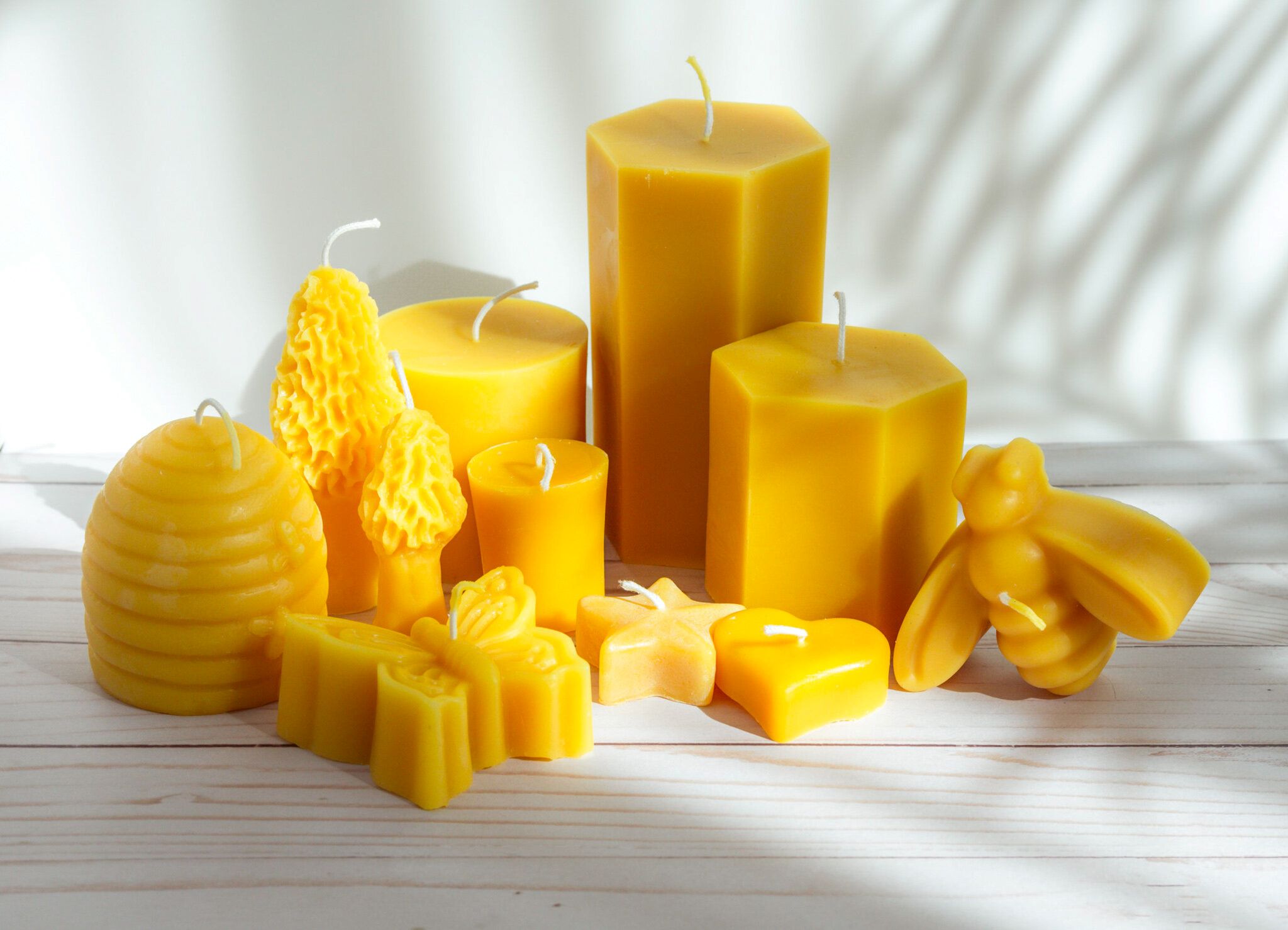
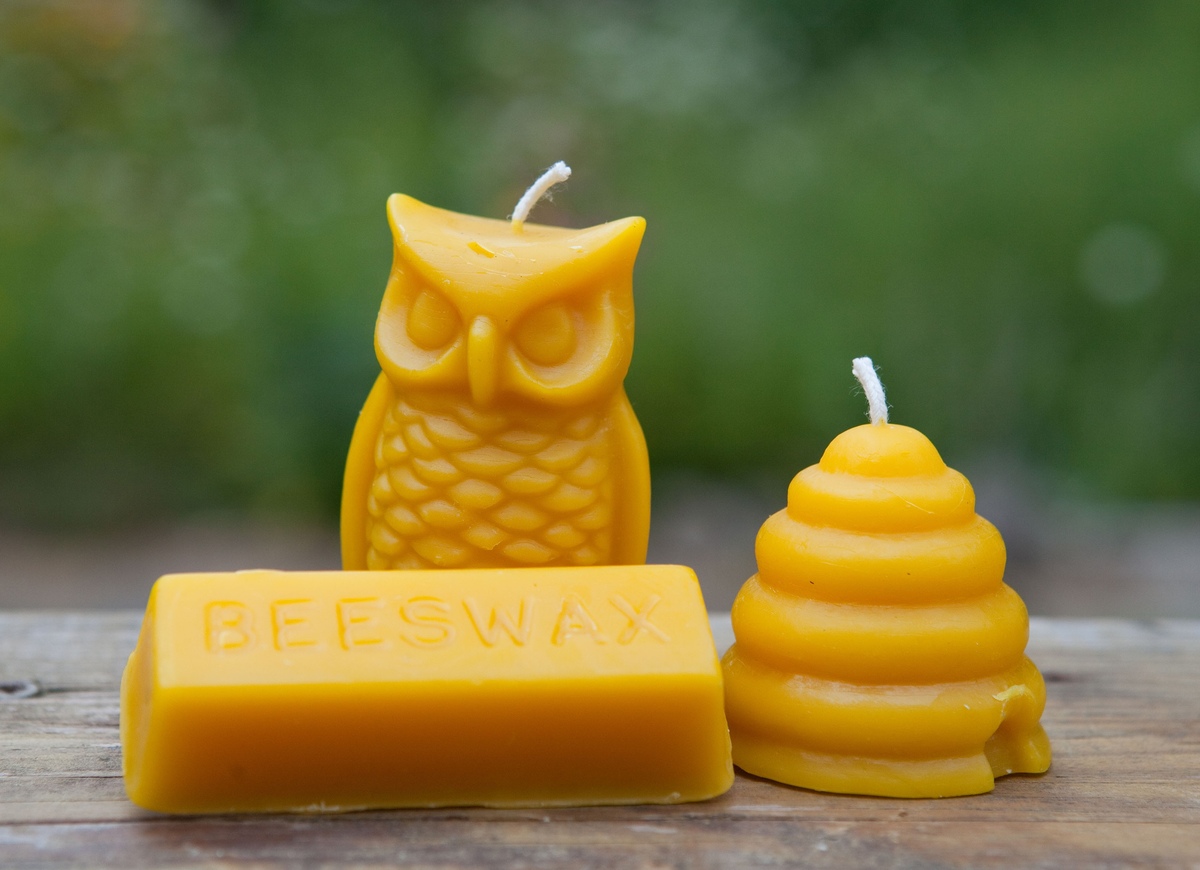

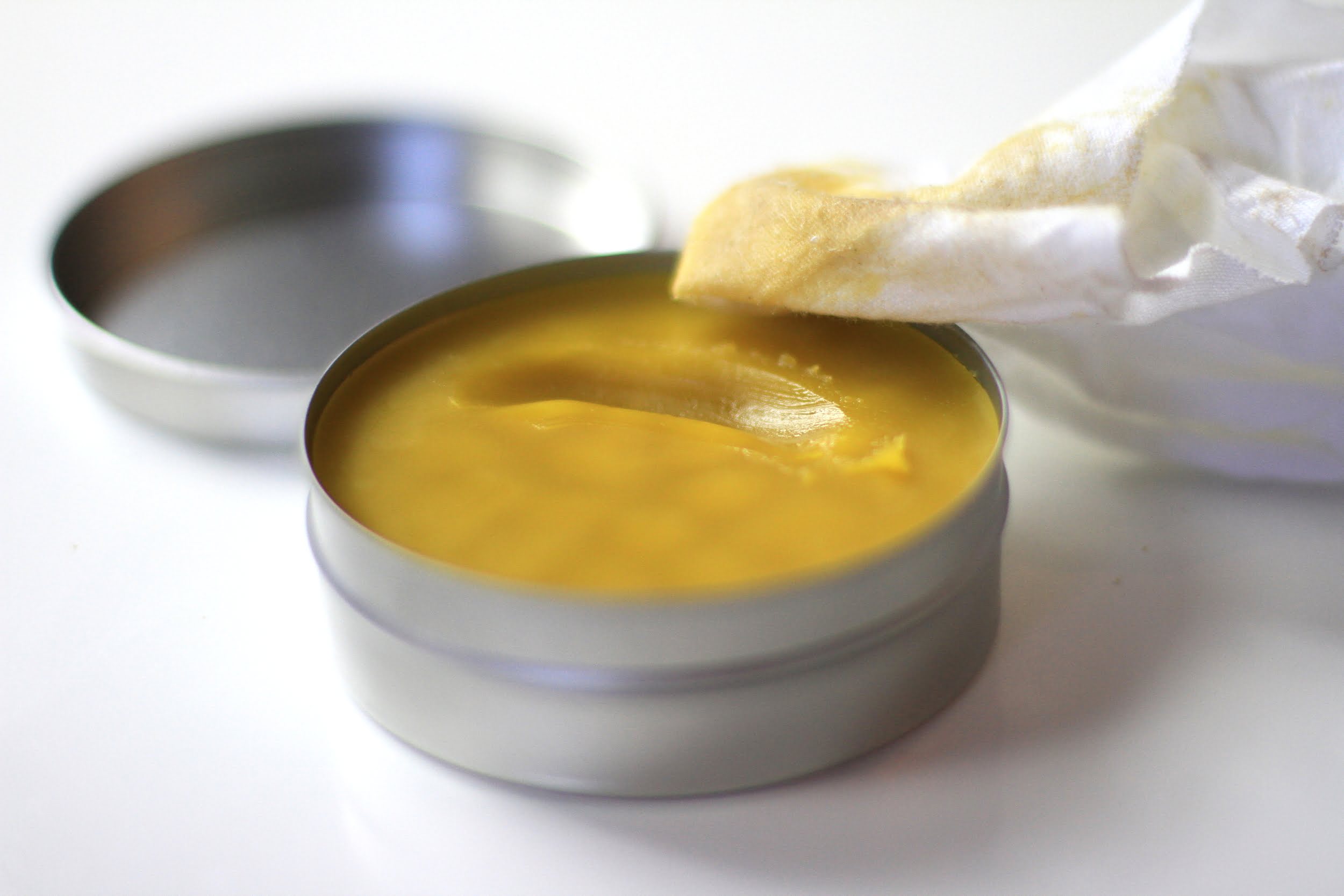
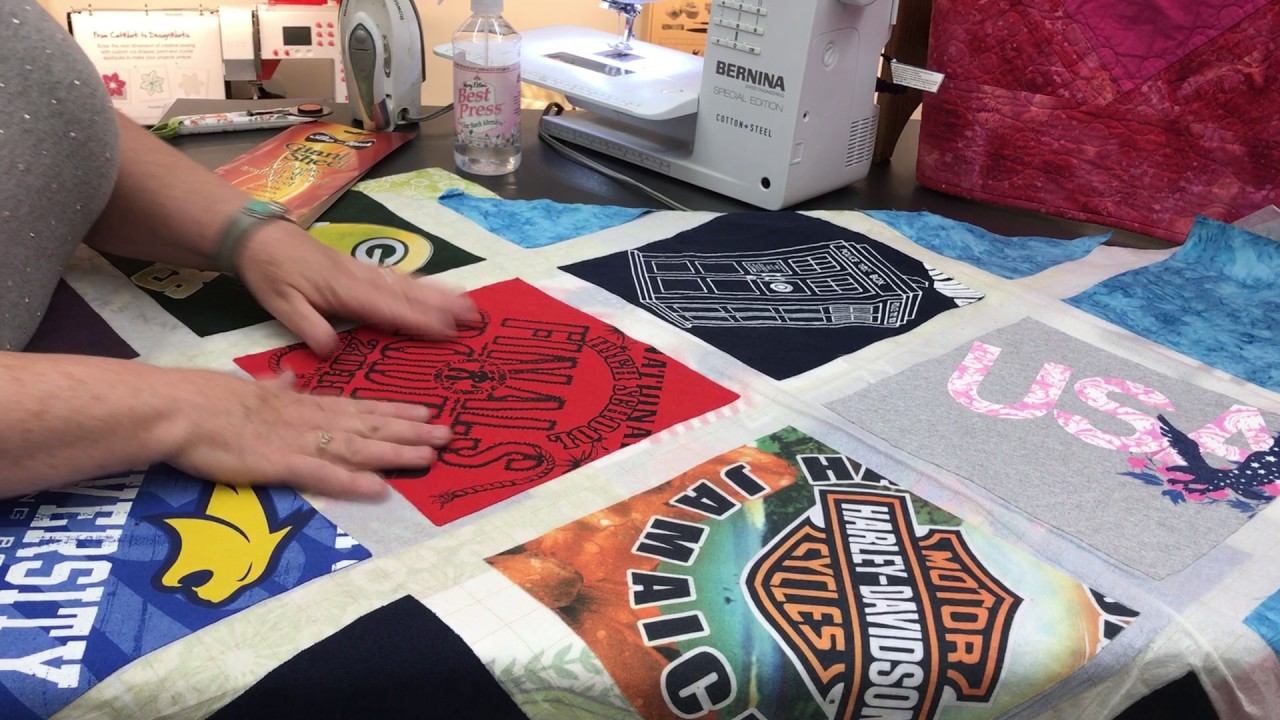
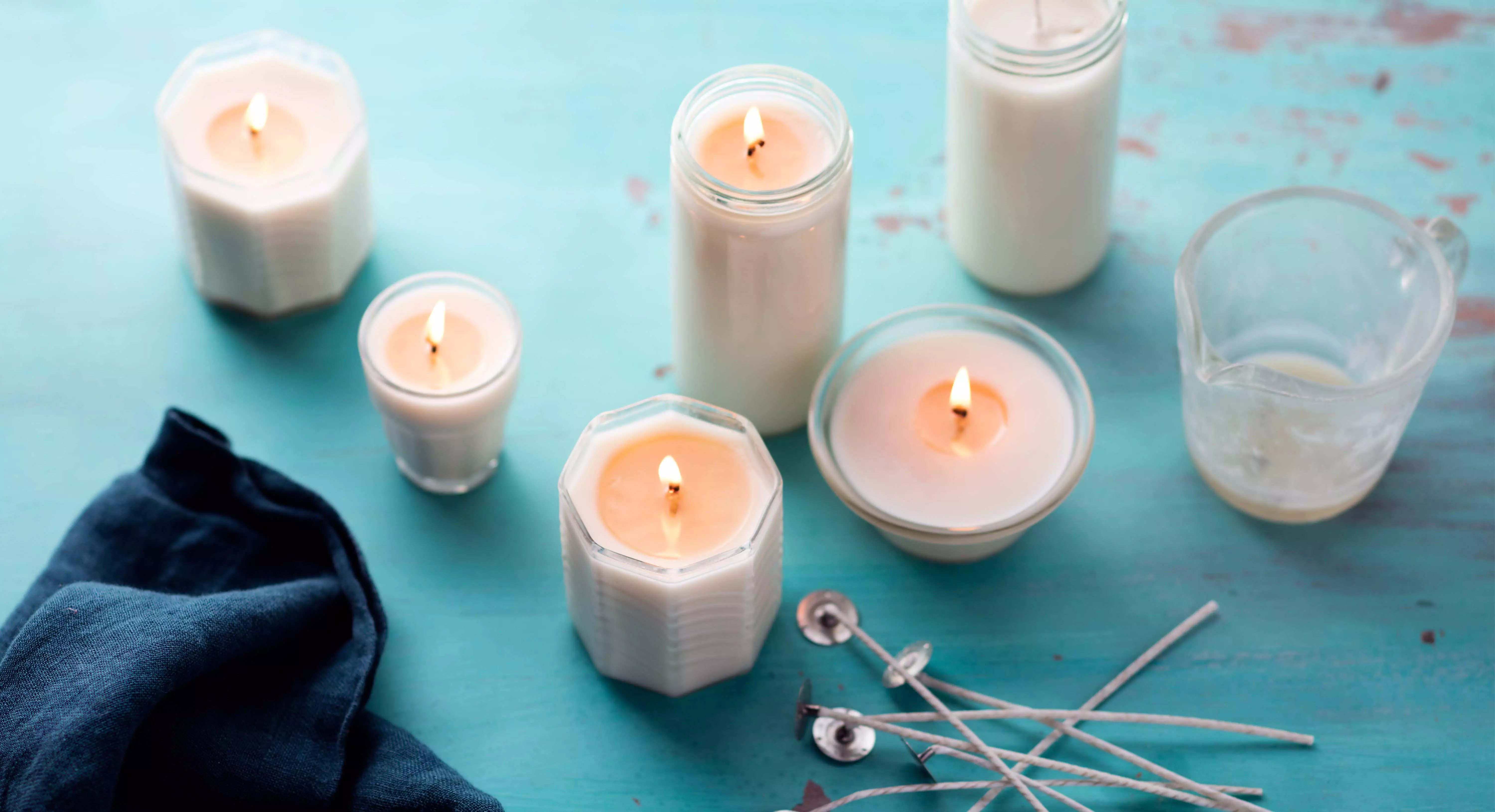
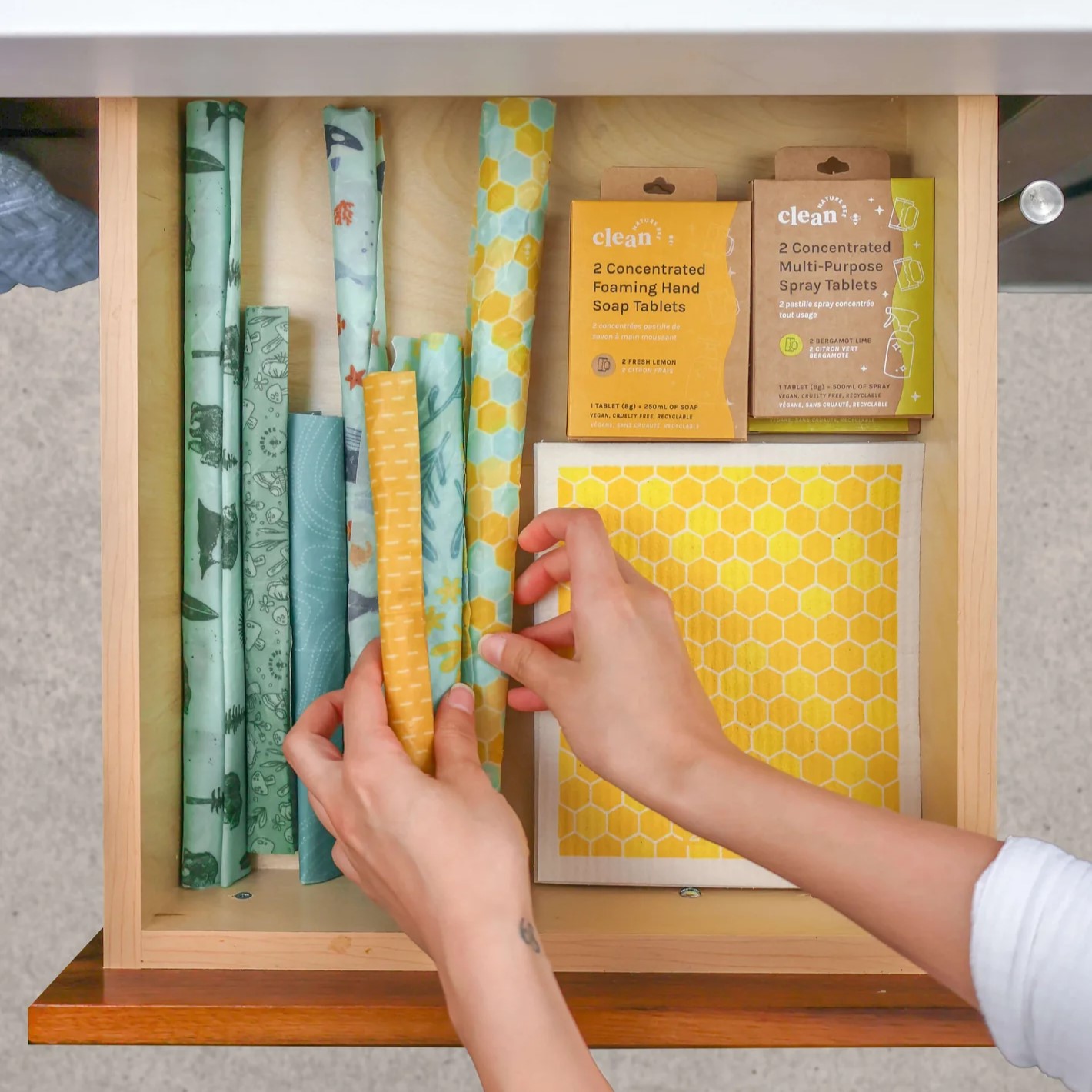
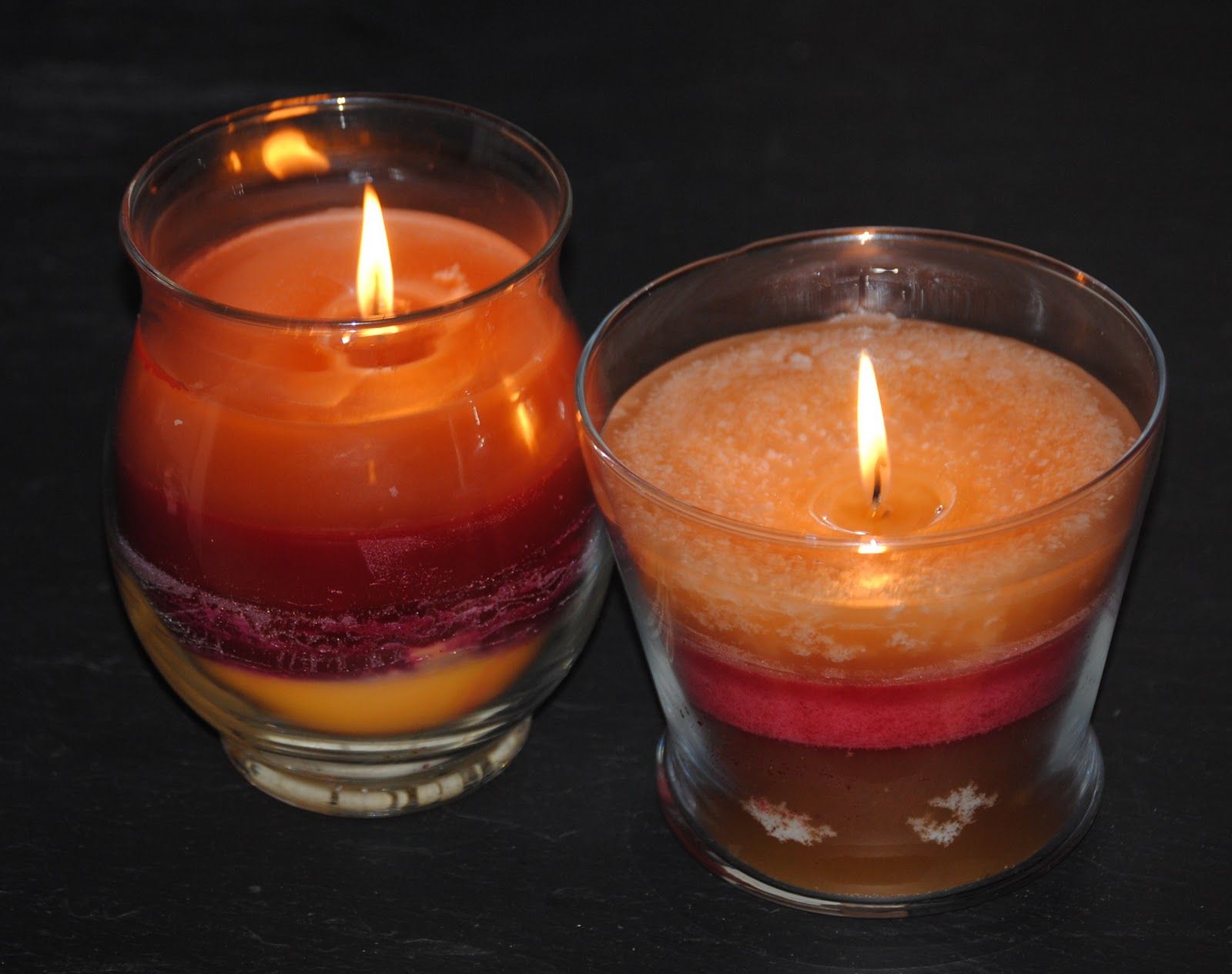
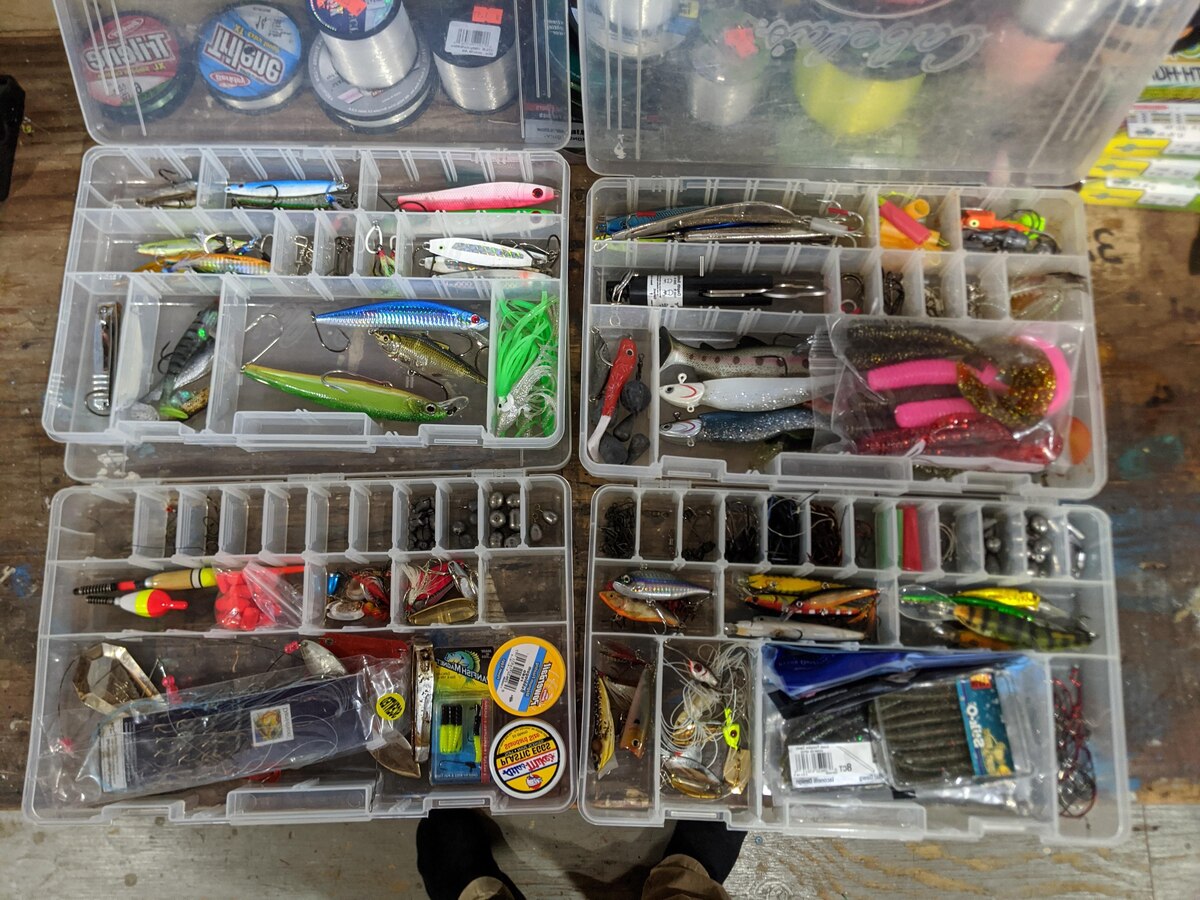
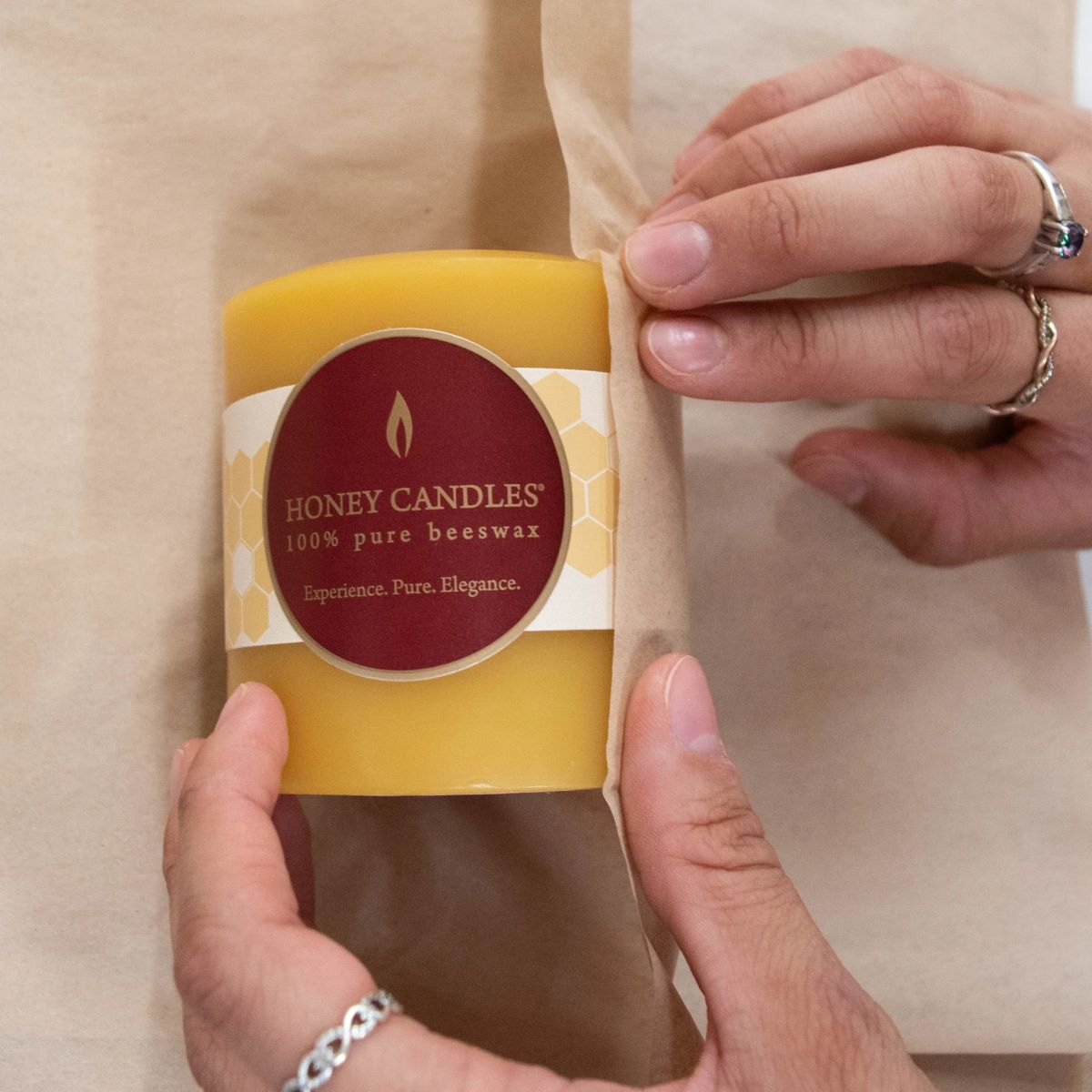

0 thoughts on “How To Make Beeswax Candles: The Easiest To Tackle For Beginners”